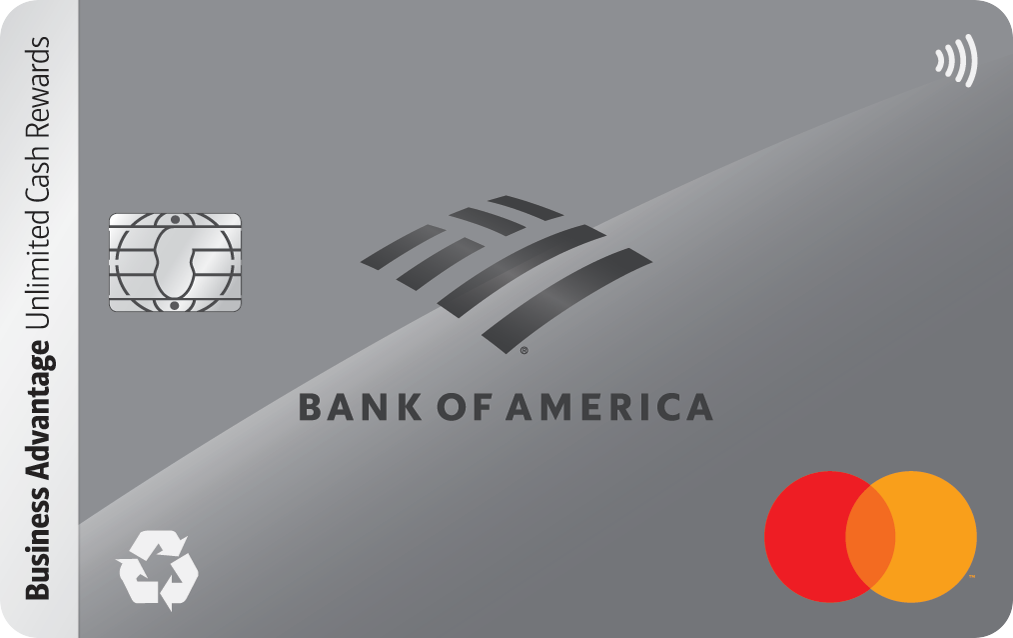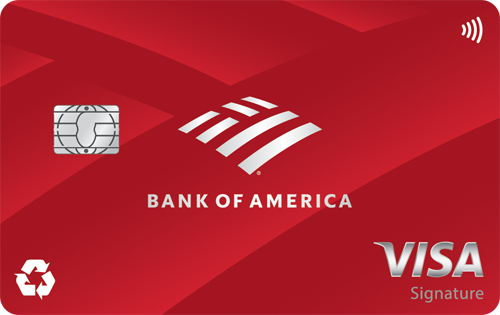The Forgotten 401(k) Mistake That Could Cost You $500,000 in Retirement

Image source: Getty Images
If you've changed jobs a few times (like most people have) there's a chance you've left a little piece of your retirement savings behind. Maybe even a big piece.
A recent study by Capitalize found that Americans have 31.9 million forgotten 401(k) accounts holding roughly $2.1 trillion. That's "trillion" with a T.
It's not that people are careless. It's that life just moves fast. You leave one job, start another, and that old retirement plan fades into the background.
But here's the real problem: leaving a 401(k) behind doesn't just mean a misplaced login. It could mean missing out on hundreds of thousands of dollars in future growth.
Here's how it happens, what it's costing you, and how to fix it for good.
Where did your old 401(k) go?
Every time you switch jobs, your old employer's 401(k) plan doesn't follow you automatically to your next job. It just sits there -- untouched.
Maybe the employer changes the plan structure. Maybe the fees creep up. Or maybe the investments you chose years ago are no longer the best fit. Whatever the case, those forgotten accounts can really fall behind.
Between job hopping, layoffs, and confusing rollover paperwork, forgotten 401(k) accounts have become one of the biggest unspoken retirement leaks in America.
Why it can cost you $500,000 over time
Per the Capitalize report, the average forgotten 401(k) has about $66,691 in it.
If that money sits in a conservative "stable value" or money market fund earning around 2.5% average annual return, after 30 years you'd have roughly $140,000.
But if that same money were rolled into a low cost, diversified account earning 8% average annually, it could grow to about $670,000 over the same period.
Here's what that difference looks like over time, assuming a starting balance of $66,691:
| Time | Grows at 2.5% | Grows at 8% |
|---|---|---|
| 5 years | $75,454 | $97,990 |
| 10 years | $85,370 | $143,980 |
| 20 years | $109,280 | $310,844 |
| 30 years | $139,888 | $671,088 |
That's more than a half-million-dollar gap -- just from leaving money parked in the wrong place.
The takeaway isn't that you need to chase big returns. It's that forgotten accounts quietly miss out on decades of growth.
The smart fix: Roll it over and consolidate
You can roll over an old 401(k) into your current plan, or roll it over into an IRA for more control (and usually lower fees).
Personally, I've had seven different employers in the last 15 years. And every time I left a job, I rolled over my retirement plans into an IRA with Fidelity.
Consolidating everything makes my money easier to track, simplifies my strategy, and keeps all my investments compounding together instead of scattered across old accounts.
If you want more flexibility with how you invest, an IRA is often the way to go. It opens up more fund choices and keeps you in the driver's seat.
If you don't have an IRA already, check out our picks for the best IRAs in 2025.
Pro tip: Traditional 401(k)s roll over directly to traditional IRA. But if you have a Roth 401(k), you'll want those funds rolled over to a Roth IRA.
Don't lose track of what's yours
If you've got a few old 401(k)s floating around, it's worth cleaning them up. Keeping your money scattered across old employers just makes life harder. And the longer those accounts sit untouched, the more growth you could be missing out on.
You don't have to overthink it. Open a new IRA (some of the top IRA brokers even offer a small match for rollovers) and let your new provider help you with the transfer. Once everything's in one place, it's way easier to track, manage, and keep your savings growing in the background.
If you're ready to simplify things, check out our picks for the best brokers for beginners in 2025.
Our Research Expert



